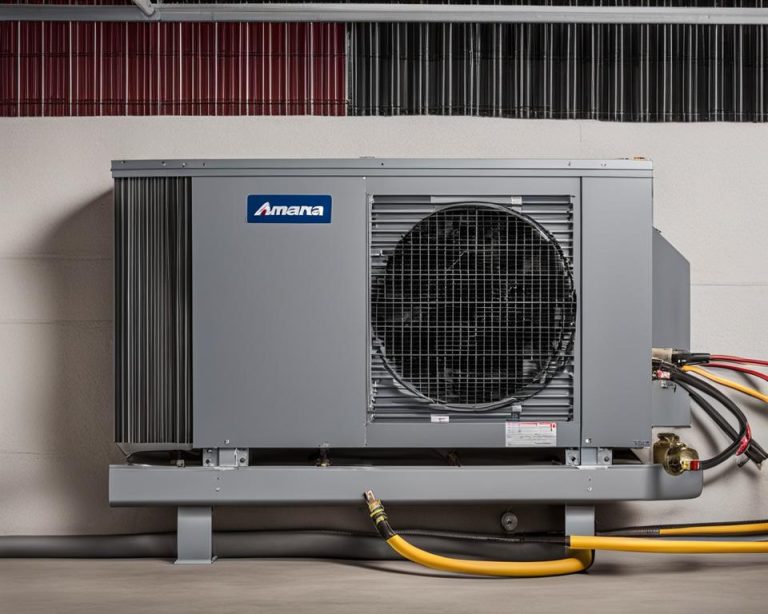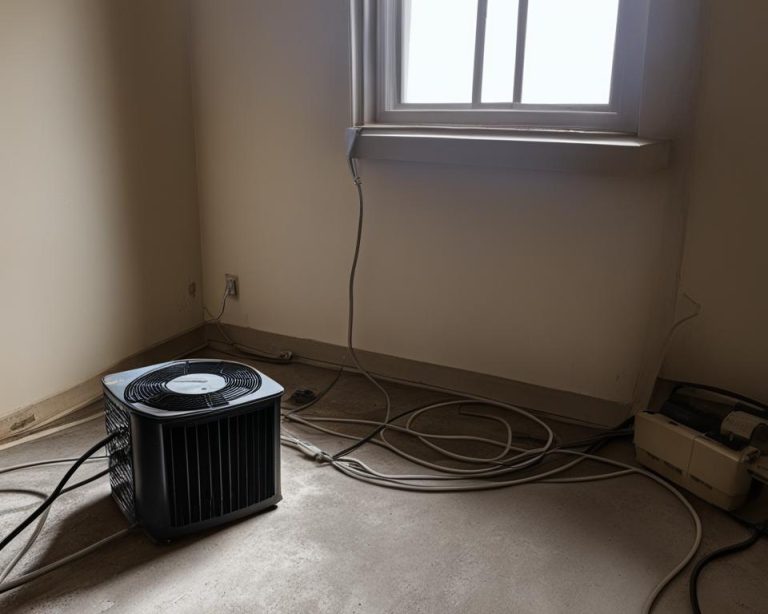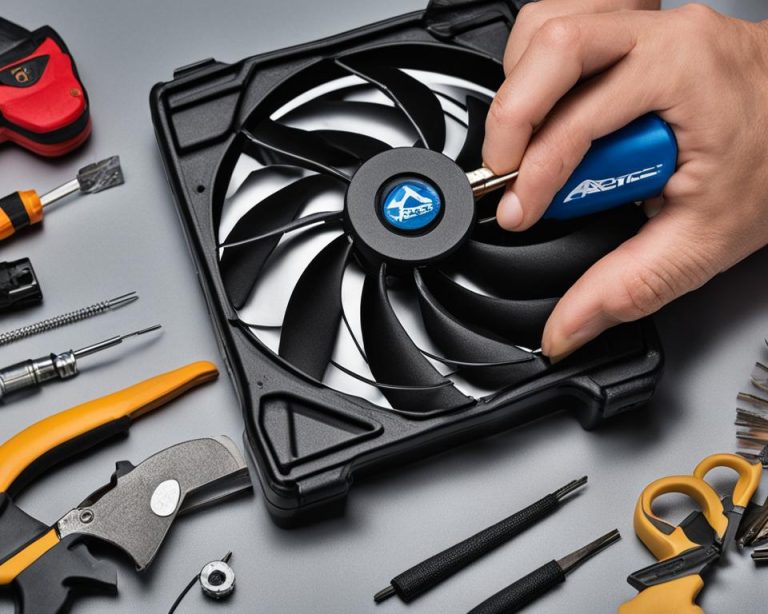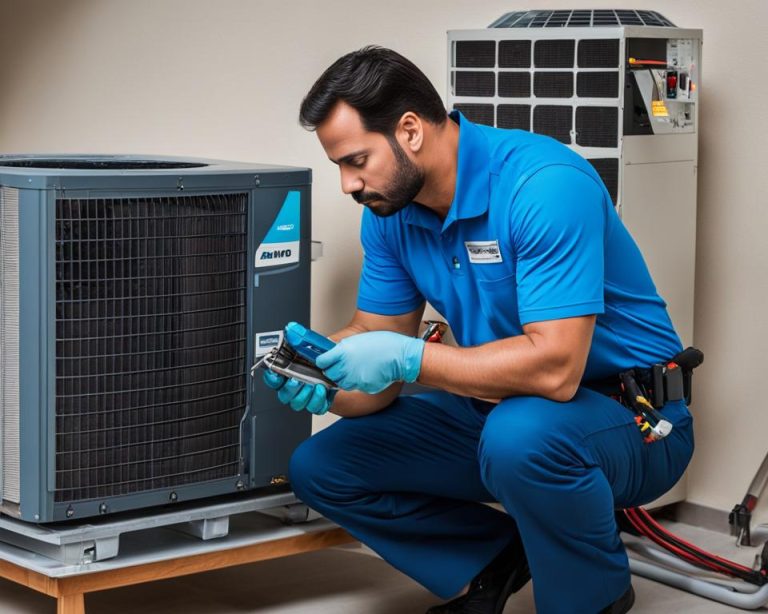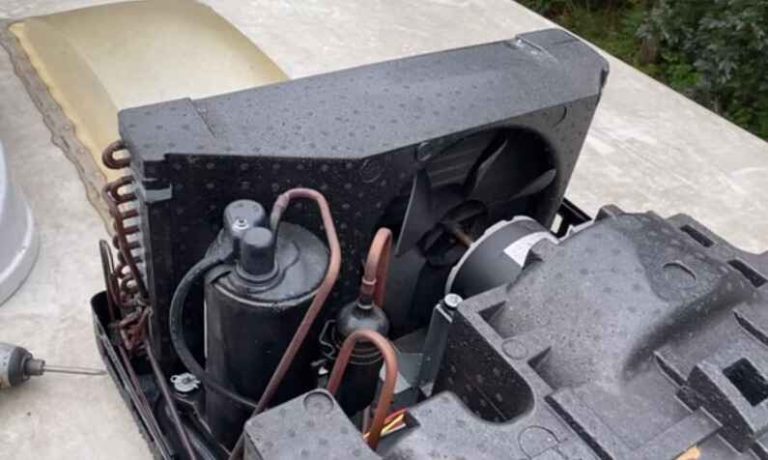To fix an AC condensation line not draining, locate the blockage. Clear it using a wet/dry vac or a pipe cleaner. Ensure proper slope and clean filters to prevent future issues.
If you’ve ever found yourself sweating over an AC unit that’s spilling water indoors instead of efficiently cooling your space, you’re not alone. One common culprit? An AC condensation line not draining properly. This seemingly small issue can lead to big headaches, from water damage to mold growth. But fear not! In this guide, we’ll walk you through the basics of why your AC condensation line might be misbehaving and what you can do to fix it, helping you regain control over your indoor climate.
Causes of AC Condensation Line Blockage
AC condensation line not draining is a common issue faced by many homeowners, often leading to discomfort and potential damage to the property. Several factors can contribute to this problem, ranging from simple accumulation of dirt and debris to more complex mechanical issues with the condensate pump. Let’s delve into each of these causes in detail:
A. Accumulation of dirt, dust, and debris:
One of the primary reasons for an AC condensation line not draining is the buildup of dirt, dust, and debris within the line. Over time, as the air conditioner operates, it draws in air along with particles such as dust and dirt. These particles can accumulate within the condensation line, gradually restricting or blocking the flow of water. As a result, water may back up into the system, causing it to malfunction and the condensation line to become clogged.
B. Algae and mold growth within the condensation line:
Another common culprit behind AC condensation line blockage is the growth of algae and mold within the line. The warm, moist environment inside the condensation line provides the perfect conditions for these microorganisms to thrive. As they multiply, they can form blockages within the line, impeding the drainage of water from the AC unit. This not only affects the efficiency of the system but also poses potential health risks due to the presence of mold spores in the indoor air.
C. Incorrect installation or design flaws:
Sometimes, the root cause of an AC condensation line not draining lies in the installation or design of the system itself. Improper installation, such as a condensation line that is not sloped correctly or lacks proper drainage outlets, can hinder the flow of water and lead to blockages. Similarly, design flaws in the system’s layout or components can contribute to drainage issues over time. Addressing these underlying issues may require professional intervention to reconfigure or optimize the system for efficient drainage.
D. Mechanical issues with the condensate pump:
In some cases, mechanical issues with the condensate pump can be to blame for an AC condensation line not draining properly. The condensate pump is responsible for removing the water collected by the AC unit and pumping it out through the condensation line. If the pump malfunctions or fails altogether, water may accumulate within the system, causing the condensation line to become clogged. Regular maintenance and inspection of the condensate pump are essential to ensure its proper functioning and prevent drainage issues.
Signs of a Blocked AC Condensation Line
When it comes to your AC unit, keeping an eye out for signs of trouble is crucial to maintaining its efficiency and longevity. One common issue that can arise is a blocked AC condensation line. This occurs when the line responsible for draining condensation from your AC system becomes obstructed, leading to a range of problems. Here are four key signs to watch for that indicate your AC condensation line may not be draining properly:
A. Water leakage around the AC unit:
One of the most obvious signs of a blocked AC condensation line is water leakage around the unit. When the line is obstructed, water has nowhere to go and can begin to pool around the base of the AC unit. This leakage can cause damage to your flooring and surrounding structures if left unchecked.
B. Increased humidity levels indoors:
Another indicator of a blocked AC condensation line is an increase in indoor humidity levels. Normally, the condensation produced by your AC system is efficiently drained away, helping to maintain a comfortable indoor environment. However, when the condensation line is blocked, moisture can accumulate within the unit and be recirculated into your home, leading to elevated humidity levels.
C. Unpleasant odors emanating from the unit:
Blocked AC condensation lines can also lead to the growth of mold and mildew within the AC system. As moisture becomes trapped, it creates a breeding ground for these unpleasant odors. If you notice musty or moldy smells coming from your AC unit, it’s a strong indication that the condensation line may not be draining properly.
D. Reduced cooling efficiency of the AC system:
Finally, a blocked condensation line can impact the overall efficiency of your AC system. As moisture builds up within the unit, it can interfere with the cooling process, causing your AC system to work harder to achieve the desired temperature. This can result in increased energy consumption and higher utility bills.
If you’re experiencing any of these signs, it’s essential to address the issue promptly to prevent further damage to your AC unit and maintain indoor comfort. Contacting a professional HVAC technician to inspect and unclog the blocked AC condensation line is the best course of action. They have the expertise and tools to safely diagnose and resolve the problem, ensuring your AC system operates efficiently and effectively.
Remember, regular maintenance and inspections are key to preventing issues like a blocked AC condensation line. By staying vigilant and addressing any problems promptly, you can keep your AC system running smoothly and prolong its lifespan.
DIY Troubleshooting Steps
Is your AC condensation line not draining properly, causing water to pool around your unit or even leak indoors? Don’t fret! With some simple DIY troubleshooting steps, you can often resolve this common issue and restore your AC’s functionality. Follow these five steps to identify and fix the problem:
Step 1: Inspecting the condensation line for visible blockages
When your AC condensation line isn’t draining as it should, the first thing you’ll want to do is visually inspect the line for any obvious blockages. Start by locating the condensation line, which is typically a PVC pipe running from your indoor unit to the outside.
Inspect the entire length of the line for signs of debris, such as dirt, algae, or even small animals or insects that may have built nests or clogs. Sometimes, you may notice water dripping from the line, indicating a partial blockage. Other times, the line may appear dry, suggesting a complete blockage.
While conducting this inspection, keep the keyword “AC condensation line not draining” in mind, as it will help you stay focused on the issue at hand and ensure you’re addressing it comprehensively.
Step 2: Flushing the line with a mixture of bleach and water
If you spot any blockages during your inspection or suspect that buildup may be hindering proper drainage, it’s time to flush out the line. Create a mixture of equal parts bleach and water in a bucket.
Carefully pour the bleach-water solution into the AC condensation line’s access point, typically located near the indoor unit. The bleach will help disinfect the line and break down any organic matter, while the water will help flush out debris.
As you pour the solution, be mindful of any overflow, as the mixture may contain dirt and algae that could stain surrounding surfaces. Also, ensure you’re wearing protective gloves and eyewear, as bleach can be harmful if it comes into contact with your skin or eyes.
Step 3: Cleaning the condensation pan and drain
While flushing the condensation line can help remove blockages within the line itself, it’s also essential to clean the condensation pan and drain to prevent future issues. Locate the condensation pan, which is typically located beneath the indoor unit.
Remove any standing water from the pan using a wet/dry vacuum or a sponge. Then, use a mixture of mild detergent and warm water to clean the pan thoroughly. Pay close attention to any dirt or grime buildup, as this can contribute to clogs and impede drainage.
After cleaning the pan, check the drain opening for any obstructions. Use a pipe cleaner or a small brush to gently clear away any debris that may be blocking the drain. By ensuring both the pan and drain are clean, you can help prevent future instances of your AC condensation line not draining properly.
Step 4: Checking for proper insulation of the condensation line
In some cases, inadequate insulation of the condensation line can lead to issues with drainage, especially in humid climates or poorly ventilated areas. Inspect the entire length of the condensation line, paying close attention to any areas where it passes through walls, floors, or ceilings.
Ensure that the line is properly insulated with foam insulation sleeves or wraps designed for HVAC systems. This insulation helps prevent condensation from forming on the exterior of the line, which can lead to moisture buildup and potential drainage issues.
If you notice any areas where insulation is lacking or damaged, replace or repair it as needed. Additionally, consider adding extra insulation in areas where the condensation line is exposed to extreme temperatures or humidity levels.
Step 5: Testing the condensate pump (if applicable)
If your AC system is equipped with a condensate pump, it plays a crucial role in removing excess water from the condensation pan and pumping it out of your home. However, if the pump malfunctions or becomes overwhelmed, it can contribute to your AC condensation line not draining properly.
To test the condensate pump, locate it near the indoor unit and ensure it’s receiving power. You should hear the pump activate when the water level in the condensation pan reaches a certain height.
If the pump doesn’t turn on or appears to be malfunctioning, it may need to be repaired or replaced. Consult your AC manufacturer’s instructions or contact a professional HVAC technician for assistance with diagnosing and resolving pump issues.
Conclusion
In conclusion, troubleshooting an AC condensation line not draining is essential for maintaining optimal performance and preventing water damage. By following the steps outlined in this guide, including checking for clogs, clearing debris, and ensuring proper installation, you can effectively resolve the issue. Remember to schedule regular maintenance to prevent future problems and extend the lifespan of your AC system. Don’t ignore signs of a malfunctioning condensation line, as addressing them promptly can save you time, money, and frustration in the long run. Keep your cool and keep your AC condensation line draining smoothly!

